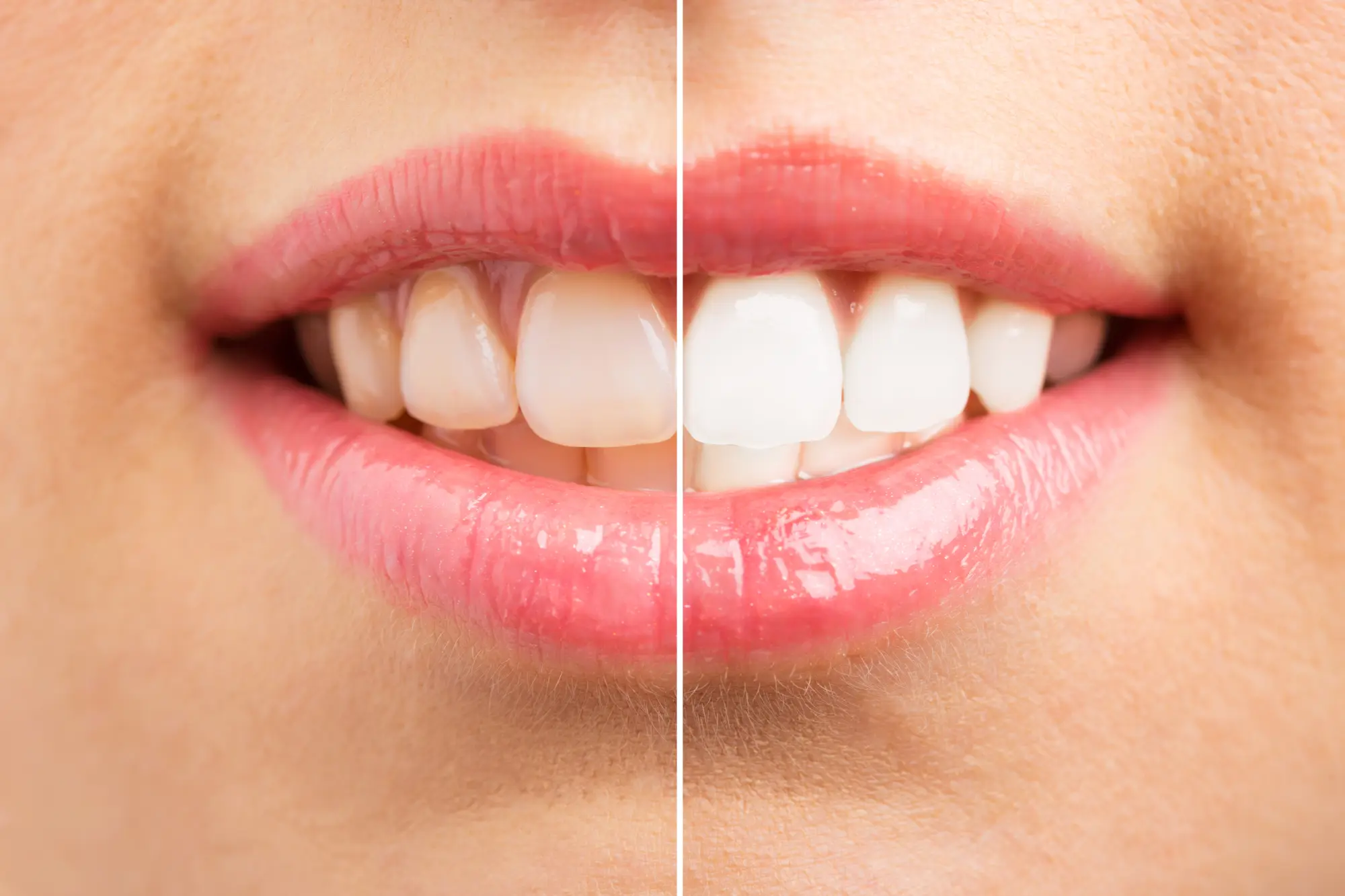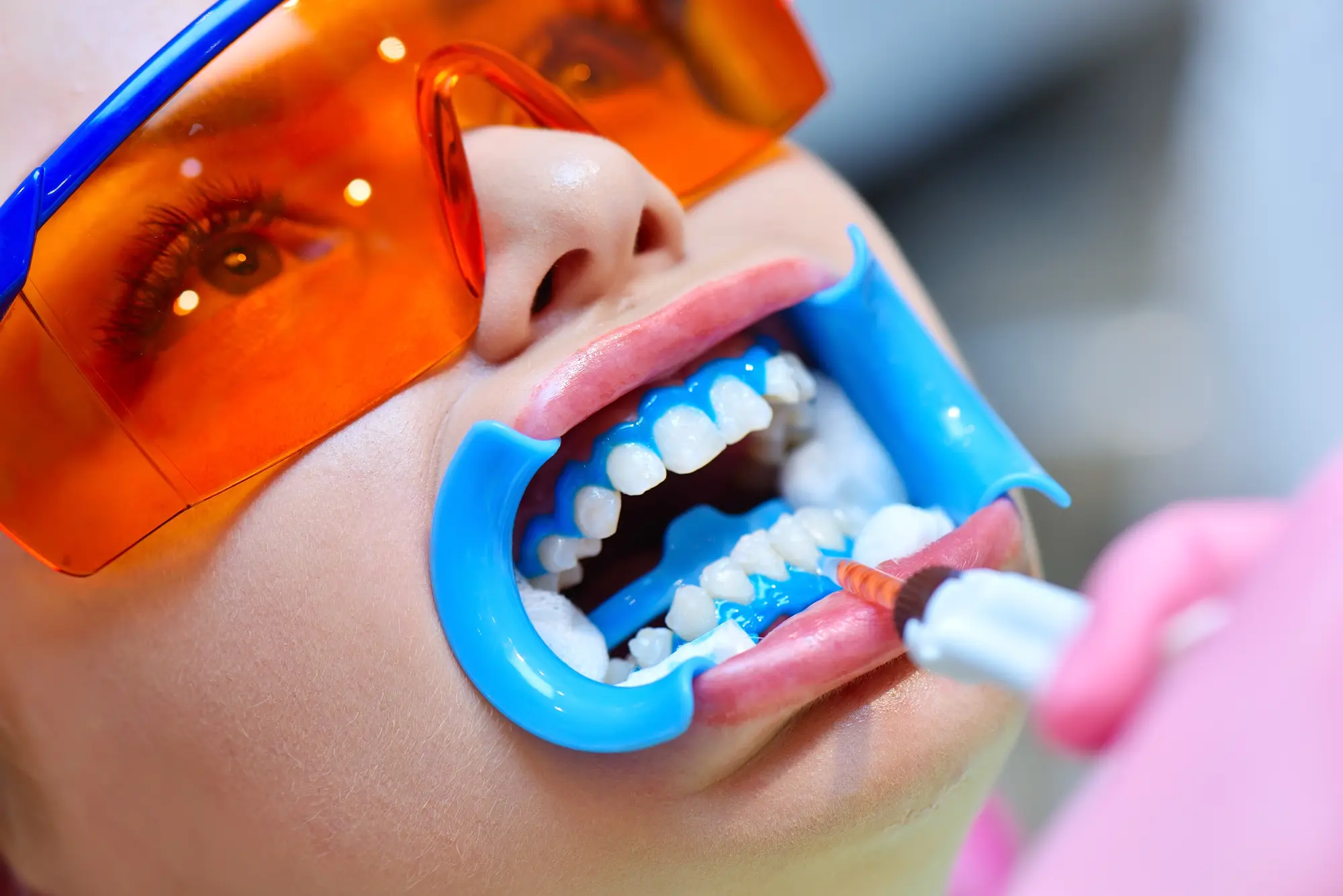What Are The 3 Types Of Dental Implants?
December 14, 2024

Dental implants have become a cornerstone in modern dentistry, offering durable and natural-looking replacements for missing teeth. Unlike traditional methods like dentures or bridges, dental implants provide a permanent solution that can significantly improve a patient's quality of life. But what many might not realize is that there are different types of dental implants, each designed to cater to specific dental needs. In this blog, we will explore the three main types of dental implants: single implants, implant-supported bridges, and implant-retained dentures.
1. Replacing a Single Tooth: Single Dental Implant
When it comes to replacing a single tooth, a single dental implant is often the best solution. This type of implant is designed to replace the missing tooth without affecting the neighboring teeth.
How It Works: A single dental implant involves the placement of a titanium post directly into the jawbone, which acts as a new root for the tooth. Over time, this post integrates with the bone, creating a strong and durable foundation. A crown is then placed on top of the implant, which is custom-made to match the color and shape of the surrounding teeth, providing a seamless and natural look.
Benefits: The biggest advantage of a single dental implant is that it's a standalone solution, eliminating the need to file down adjacent teeth, which is necessary for a traditional bridge. It also helps preserve the jawbone and maintains the integrity of the facial structure.
2. Replacing Several Teeth: Implant-Supported Bridge
For those missing more than one tooth, an implant-supported bridge offers an effective solution. Unlike traditional bridges that rely on adjacent teeth for support, this type employs implants as its main support.
How It Works: In this procedure, dental implants are placed in the jawbone at the sites of the missing teeth. These implants serve as anchors for the bridge. The implant-supported bridge spans the area of the missing teeth, anchored by the implants rather than the natural teeth.
Benefits: This option not only looks and functions like natural teeth but also preserves the jawbone and the facial structure. It's more stable and comfortable than removable partial dentures and doesn't put strain on the remaining natural teeth.
3. Replacing All Your Teeth: Implant-Retained Dentures
For patients missing all their teeth, implant-retained dentures provide a revolutionary solution. This option combines the benefits of dental implants with the aesthetic appeal of dentures.
How It Works: Implant-retained dentures involve placing several dental implants in the jawbone. These implants act as anchors for a full denture. Unlike traditional dentures, these are securely attached to the implants, offering greater stability and comfort.
Benefits: Implant-retained dentures are much more stable than conventional dentures, allowing for improved speech and eating functionality. They also help preserve the jawbone and maintain facial structure. Additionally, they eliminate the need for adhesives and reduce the discomfort associated with traditional dentures.
Get Your Smile Back With Valor Dental
At Valor Dental, Dr. Greg Kiene and Dr. Chris Merkley are experts in dental implant procedures. We understand that every mouth is unique, and we'll work with you to decide which of the 3 types of dental implants is the best fit for your needs. Don't let missing teeth hold you back from a confident, radiant smile. Call us today at (214) 254-3763 or visit our practice in Justin, TX to schedule your consultation and take the first step towards restoring your smile. Your perfect smile is just an appointment away!



